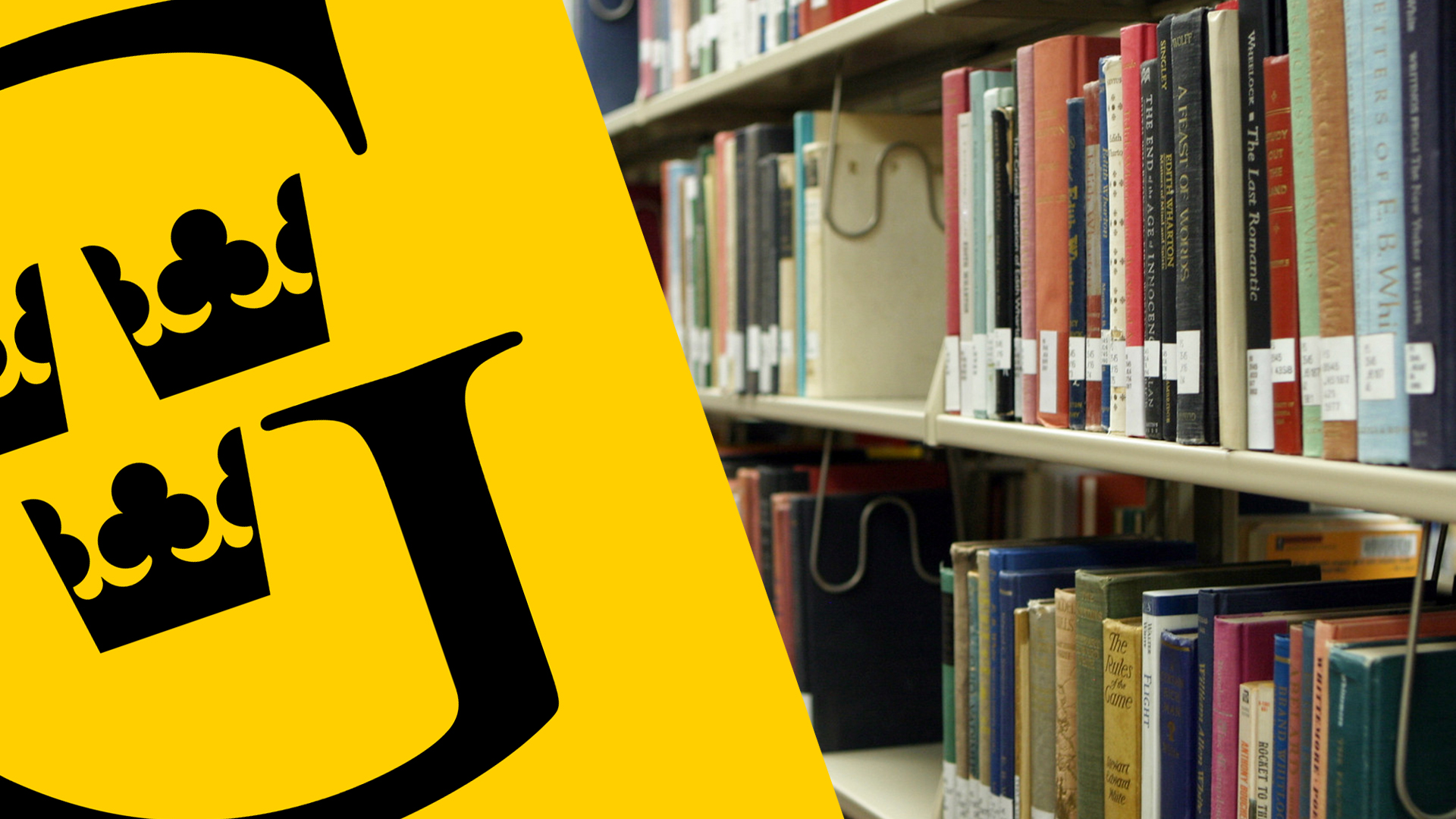Dr. Maddalena Marinari’s parents were migrants. They moved across Europe before she was born and have answered their daughter’s endless stream of questions ever since. Now a professor in history, peace, justice, and conflict studies, and gender, women, and sexuality studies at Gustavus Adolphus College, Marinari’s fascination with her parents’ stories inspired a passion and a career.
After earning her undergraduate degree at Università degli Studi di Napoli “L’Orientale” in Naples, Italy, Marinari discovered another immigration story. She investigated Italian immigrants’ movement to a town in Pennsylvania and followed her research to the United States, where she completed her doctorate at the University of Kansas. There, she combined her passions and became an expert in 20th Century United States history and immigration history.
“When I look at history, I focus on the people who often don’t have a voice,” said Marinari. “We all know who the presidents are who declare the wars, but there is also someone who has to fight that war and someone who has to flee that war. When you think of undocumented immigration, you do not think of European immigrants. I want us to learn their stories and fill in important gaps.”
In 2015, Marinari joined the history department at Gustavus. Not long after, she was named an Affiliated Scholar with the Immigration History Research Center (IHRC) of the University of Minnesota. She joined the team of interdisciplinary historians from a range of American and international universities as the lone representative from a liberal arts college. Together, their mission is to collaborate on research projects to “transform the way in which we understand immigration in the past and present.”
Recently, the scholars completed two projects on the intersection of immigration history and recent federal policies. Named the #ImmigrationSyllabus, the first of the collaborative projects assembles stories, articles, and multimedia sources in a website and educational resource to provide historical context to the current national debates over immigration reform. The work comprises a broad range of readings and materials in order to be accessible to all readers. The resource includes lesson plans that focus on providing K-12 teachers, regardless of background knowledge and expertise, with the tools and information necessary to discuss and accurately teach this material to students. The syllabus is also intended to reach influential actors in government policy in order to ensure the accuracy and context of current and future discussions and legislation.
“We cannot make positive changes to immigration policy if we do not know how we got here,” said Marinari.
Launched in late January, the Syllabus has 30,000 downloads, 300,000 views, and has been accessed from 55 different countries. Most importantly for Marinari and the Affiliated Scholars, the project does not take a political stance in the current debates. Rather, their extensive research provides historical context to address the problems associated with inaccurate information regarding immigration policies.
“History does not repeat itself, it builds,“ Marinari said. “The inclusion of history in current policy decisions is necessary because it lets us step back from paranoia and hysteria and protects us from targeting marginalized people.”
Following the #ImmigrationSyllabus’ popularity, Public Radio International (PRI) requested Marinari and the Affiliated Scholars’ expertise for an annotation of recent executive policies. The intention of the annotation was to provide bi-partisan historical context rather than a partisan analysis. The IHRC was also recently awarded funding to investigate and broadcast the rich immigrant and refugee history of the state of Minnesota, an often overlooked part of the state’s history.
In addition to her research, Marinari’s underlying commitment to filling holes and uncovering unknown elements of history have also driven the direction of her classrooms at Gustavus. She incorporates personal stories, diaries, and primary sources to add perspective to each course’s syllabus. However, she often asks her students to go one step further.
In her current entry-level history class, the students’ assignment is to identify an object or thing that tells their own family history. The goal is both to uncover the story behind their individual history and to determine how it fits into the broader, general U.S. history timeline.
“By giving the work personal meaning, we reach the point of context and understanding. When the students are doing it and not just studying it, that’s when we can make history fun,” Marinari said.
In upcoming semesters, Marinari’s students will join her collaboration with the IHRC through contributions to the Immigrant Stories project, a staple of their work and mission. Moving forward, she envisions a project that exposes students to the experience of using an archive, pulling sources together, and building a story from the information.
For more information on the Immigration History Research Center and recent projects, visit https://cla.umn.edu/ihrc.
To view or download the #ImmigrationSyllabus, visit http://editions.lib.umn.edu/immigrationsyllabus/.

Leave a Reply
You must be logged in to post a comment.